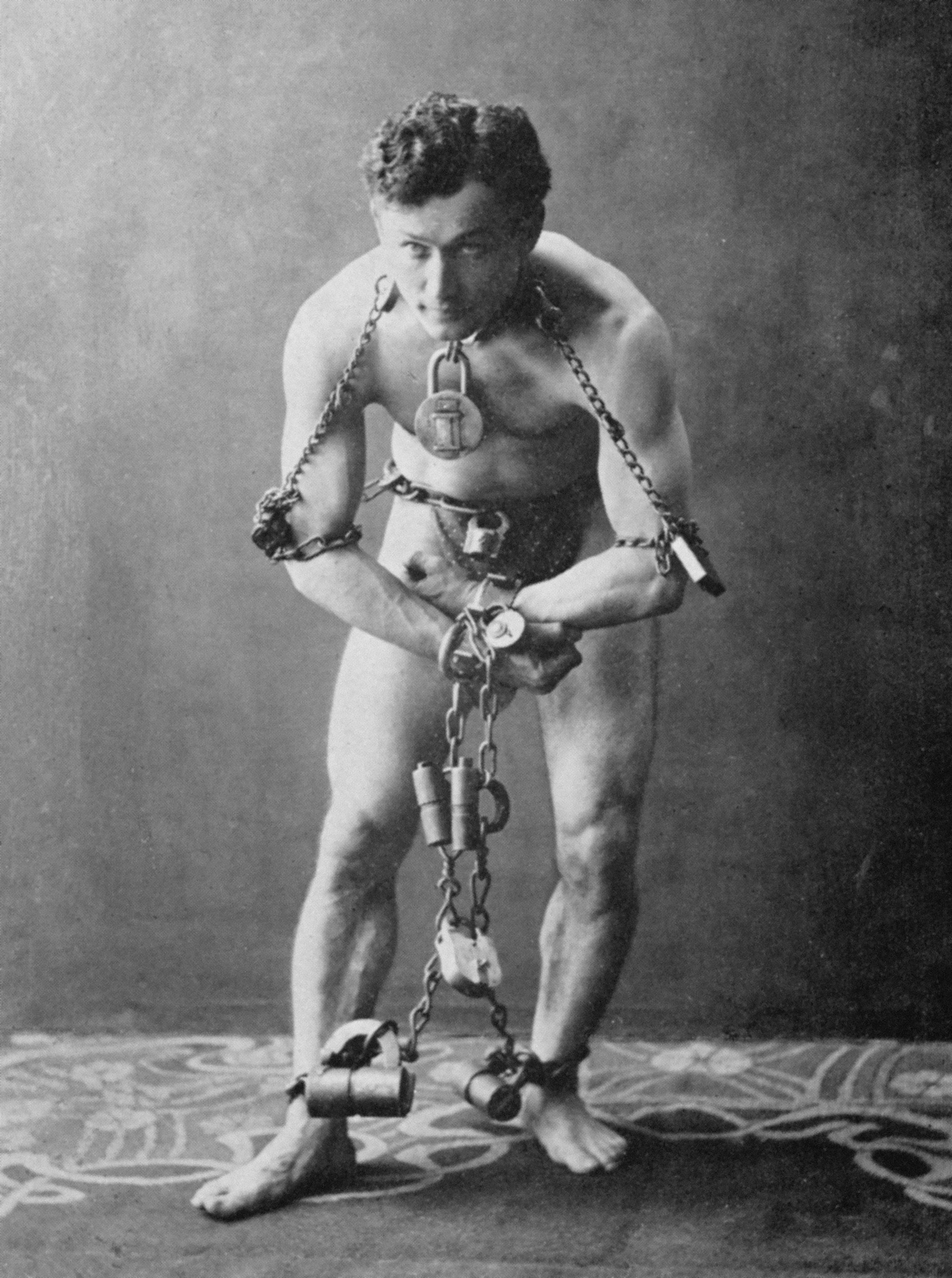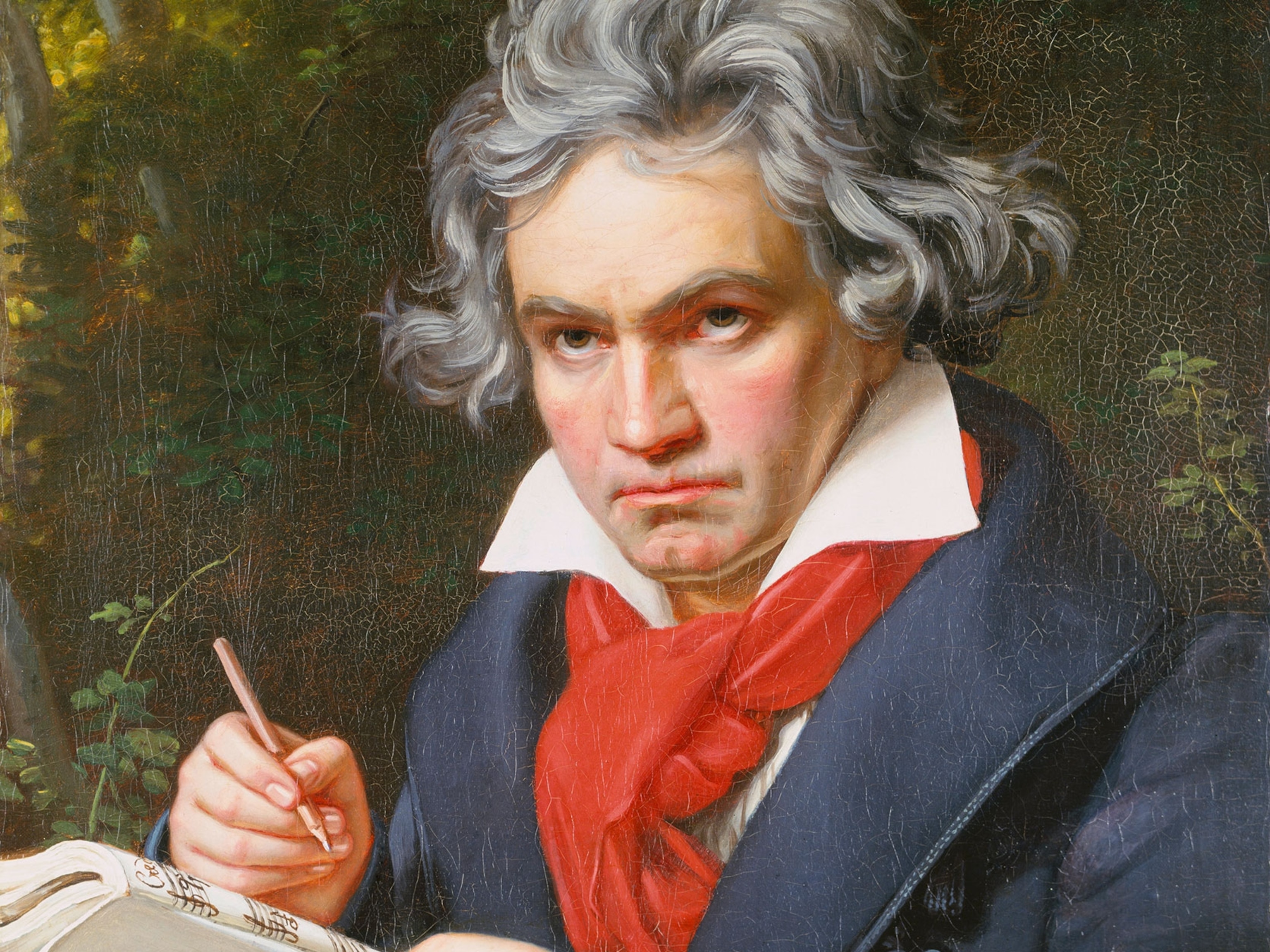Inside Harry Houdini’s wild life as the king of magic—and his mysterious death on Halloween
Ehrich Weiss transformed himself into one of history's best magicians—but he never gave away his secrets.

He’s the most famous magician to ever live, but few realize that Harry Houdini (1874–1926) began life as Ehrich Weiss, a rabbi’s son from Budapest. After moving to America as a young child, he was soon performing in his neighborhood circus as “Ehrich, the Prince of the Air.”
Before long, he was touring circuses and vaudeville circuits around the States as Houdini, a name inspired by the French father of modern magic, Jean-Eugène Robert-Houdin.
After years of minimal success, Houdini and his wife, Bess, began experimenting with an escape routine that involved handcuffs and locked trunks. In 1899, a vaudeville producer spotted them, and Houdini was catapulted to the biggest stages of the day. The next year he set off for England and Europe, where he would publicize his shows by visiting local police stations and breaking out of their jail cells and handcuffs.
Soon, Houdini was known around the world as the “king of handcuffs.” Confined by shackles, ropes, and manacles, he’d be locked inside a box and placed in an extreme situation—underwater, upside down, underground, hanging from impossible heights—from which he’d promptly escape. Over time, he evaded the world’s most secure handcuffs; a famed Washington, D.C., jail; and an airtight bronze coffin.
(Harry Houdini’s unlikely last act: exposing the occult)
Houdini’s talent for escape was matched only by his knack for self-promotion. The era loved a daredevil, and Houdini was the ultimate American success story. He was an early adopter of corporate sponsorships—for example, inviting beer companies to manufacture the barrels he’d escape from for cross-promotional opportunities—and used the press to plant stories, good and bad, about his act. Often, Houdini’s performances drew public derision from those who wanted to challenge him, although today it’s thought that he himself planted many of those challengers to drum up attention.
As Houdini’s fame grew, so did his bold public stunts. In 1908, he offered a $1,000 reward to anyone who could build a device that could successfully restrain him. (It appears no one ever claimed the prize.) A decade later, Houdini made an elephant disappear as he slowly turned the massive cabinet it stood in onstage at New York’s Hippodrome Theater. With the dawn of cinema, Houdini also dabbled in movies, appearing in several stunt-filled films. But he never became a screen star.
Houdini’s fame amplified his crusade against the spiritualist mediums popular in the late 19th and early 20th centuries. His efforts would inspire generations of magicians to speak out against frauds and con artists, including religious figures claiming to channel spirits or possess mind-reading powers.
His stunts were not without real risk, and Houdini was often injured during his routines, once even rupturing his kidney when a longshoreman tied him up too tightly. But seemingly nothing could pierce his image of impermeability. Though Houdini was never considered as masterful in the art of technical magic as some of his contemporaries, his commitment to bold, daring stunts makes many remember him as the world’s greatest magician.
(What do we really know about Harry Houdini's death?)
Houdini’s death on Halloween of 1926 was just as mysterious as his lifetime of tricks. His death is attributed to complications from appendicitis, which likely traced to a lecture at McGill University weeks earlier, where a student had challenged Houdini’s claim that he could withstand punches and hit him forcibly in the stomach. But no autopsy was performed, and rumors of his cause of death have continued to swirl. Some even speculate that enemies in the Spiritualism movement planned his assassination.
Although he never believed the spiritualists’ claims, Houdini did promise his wife, Bess, that he’d communicate a secret code to her from the beyond if he could. For a decade, Bess attended séances hoping for a signal from him, but his voice had been silenced by the grave.





